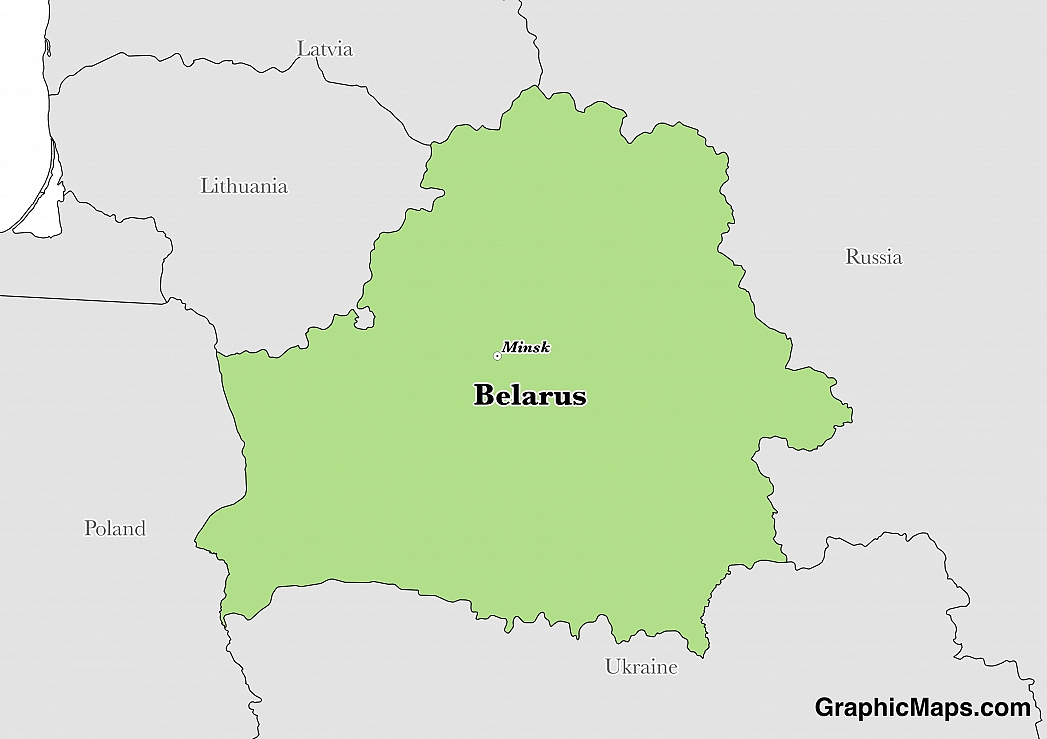Belarusian, alongside Russian, are the two official languages of Belarus. A majority of the people use Russian, but Belarusian was the first official language. Russian was made an official language by a referendum held in 1994. Russian is an Indo-European language. Both Russian and Belarussian are East Slavic languages. Belarussian consist of 45 to 54 phonemes: 39 to 48 consonants and six vowels while Russian consist of five vowels and 21 consonants. The Russian alphabet consists of 33 letters while Belarusian has thirty-two letters.
Belarusian is spoken by 11.9% of the population although 53.2% consider it their mother tongue. Russian is spoken by 72% of the population although only 41.5% consider it their mother tongue. Minority languages include Polish, Eastern Yiddish, and Ukrainian. The Trasianka language is also a minority language that is used in parts of the country.
The Russian spoken in Belarus is standard Russian, probably due to the country’s past affiliation with the Soviet Union. About 72% of the population can use Russian fluently while 67% use it in an official and unofficial capacity. Modern-day Belarusian was developed from Old Belarusian. Some parts of the country use Trasianka, which is a blend of Russian and Belarusian.
Apart from Ukrainian and Belarussian, several minority languages are used across the country. The common minority languages used include Polish, Eastern Yiddish, and Ukrainian. As of 2016, the country had a population of 9.5 million. About 83.7% were Ethnic Belarusians, 8.3% were Russians 3.1% were from Poland and 1.7% were Ukrainian.
This page was last modified on May 1st, 2018
More on Graphicmaps

Published on 2019-11-06
What is a Trade Embargo?

Published on 2019-11-04
Which Two Countries Used to Have the Same Flag?

Published on 2019-09-16
What Is the Only Two-Sided State Flag?

Published on 2019-09-16
Which Country Flag Looks Like the Texas Flag?

Published on 2019-08-29
Flags That Resemble the US Flag

Published on 2019-08-20
